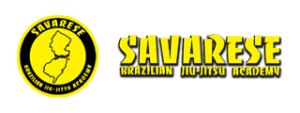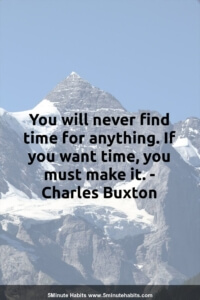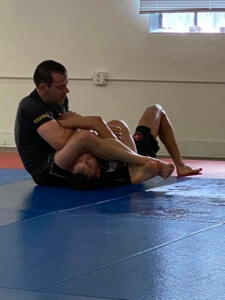Taking notes in Jiu-Jitsu
Taking notes in Jiu-Jitsu
Taking notes in Jiu-Jitsu is something I am a big believer. First of all, I am a believer in the notion that to a large degree, Jiu-Jitsu is a knowledge game. Of course, knowledge is not the whole story. Until KNOWLEDGE is translated into SKILL, it is of little practical value to the BJJ student (though it can still be of great value to the professor or instructor). Like any knowledge based enterprise, there is a lot of memorizing and, unfortunately, a lot of forgetting! As such, I believe it is of great value to many people (not all people, some learn in very different ways) to keep notes on their progress and even of classes. At the end of every day, I always made sure I wrote down in some form the main things I learned that day. I don’t suggest writing vast amounts, but I do recommend writing them in a fashion that you would remember in a year (for example, a triangle…like the final scene of Lethal Weapon). Just write the NEW elements that you believe have potential for the future. I believe that writing things down on a piece of paper or typing them into your phone aids in retention. In addition to helping retention, it helps order your thoughts into more coherent structures that will help you work them into your development. So even if you never peruse those notes again, they still will have helped you. I DEFINITELY recommend this for seminars you attend. Most of the classes you take will be 3-5 techniques. In a seminars, if may be between 15-20, taking notes will definitely aid you to remember everything thought. I remember once coming across an old journal of mine from 2002 and seeing an entry on an “interesting concept that may be of considerable value for further research and wider applicationsâ€. It was the notion of double trouble applied to ashi garami based leg locks that I learned from John Danaher in a private lesson. How ironic that this would go on years later to be of such value to my students. I love going over my old BJJ notes from time to time to see how far I’ve come, how much BJJ has evolved and to go back to remember things I haven’t worked on in awhile. Let the time, orderliness and discipline of note taking work for you, just as you did in school as a kid or in college, it can help you take the lessons of today into your improvements of tomorrow.


